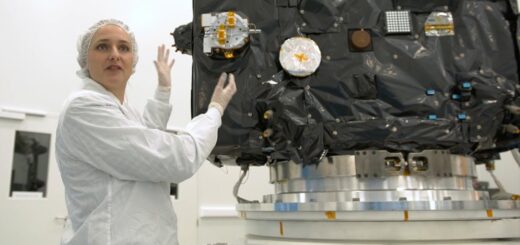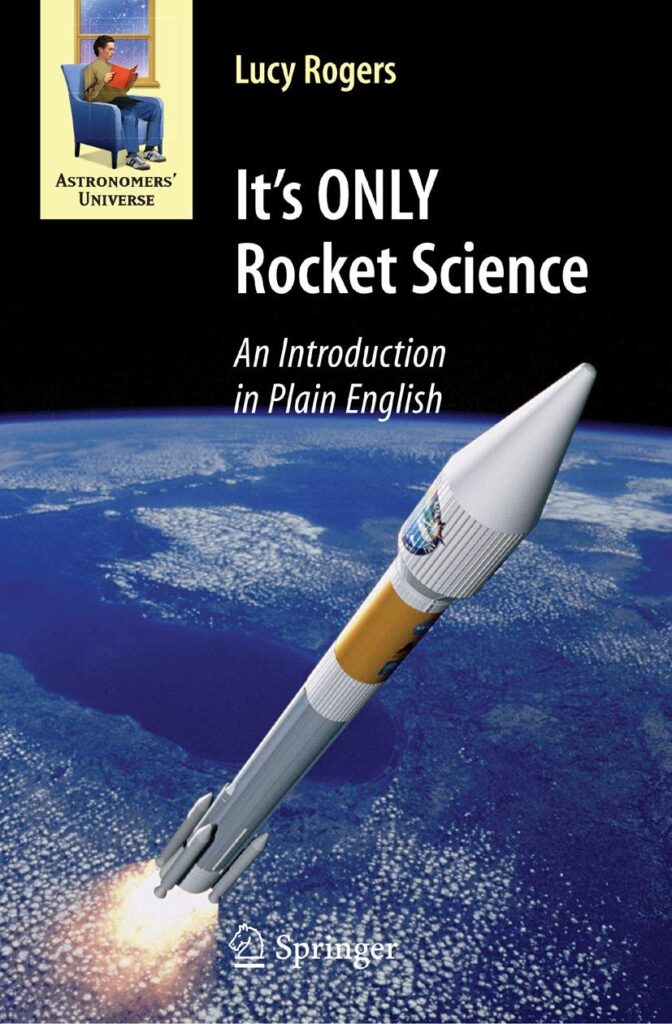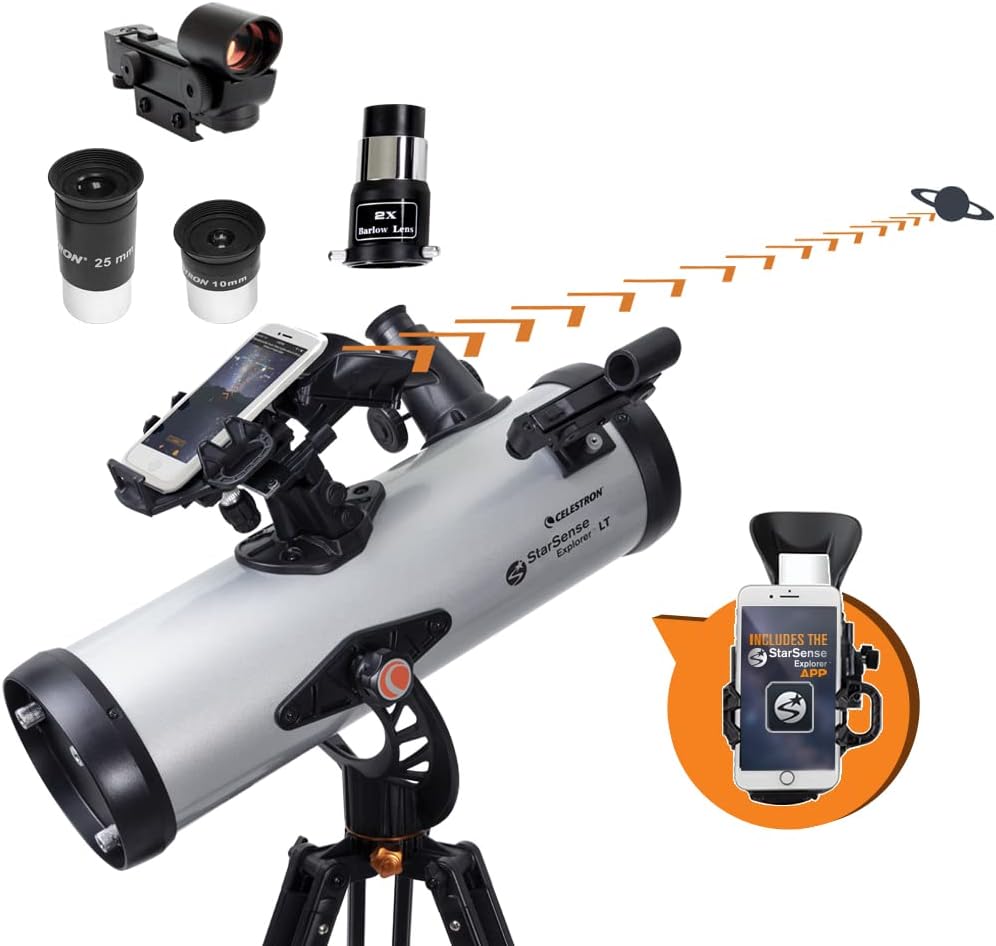Exploring the Final Frontier: Inside the European Space Agency’s Mission to the Stars
The European Space Agency (ESA) has long been at the forefront of space exploration, pushing the boundaries of human knowledge and understanding of the universe. With a mission to explore the final frontier and reach for the stars, ESA has been involved in numerous groundbreaking projects that have expanded our understanding of the cosmos.
One of ESA’s most ambitious projects is its mission to explore the outer reaches of our solar system and beyond. This mission, known as the Cosmic Vision program, aims to answer some of the most fundamental questions about the universe, such as the origins of life, the nature of dark matter and dark energy, and the possibility of habitable planets outside our solar system.
One of the key components of the Cosmic Vision program is the Gaia mission, which is tasked with creating a detailed 3D map of the Milky Way galaxy. By accurately mapping the positions and movements of over a billion stars in our galaxy, Gaia will provide astronomers with invaluable data that will help them better understand the structure and evolution of the Milky Way.
Another important mission within the Cosmic Vision program is the Euclid mission, which aims to investigate the nature of dark matter and dark energy. By studying the distribution of galaxies and galaxy clusters in the universe, Euclid will help scientists unravel the mysteries of these elusive substances that make up a vast majority of the universe.
In addition to its Cosmic Vision program, ESA is also involved in other important missions, such as the Mars Express mission, which has been exploring the red planet since 2003, and the Rosetta mission, which made history by successfully landing a probe on a comet in 2014.
ESA’s commitment to pushing the boundaries of space exploration is further evidenced by its plans for future missions, such as the Jupiter Icy Moons Explorer (JUICE) mission, which will investigate the moons of Jupiter for signs of habitability, and the PLATO mission, which will search for Earth-like exoplanets in distant star systems.
Through its ambitious missions and cutting-edge technology, ESA is helping to unlock the mysteries of the universe and inspire future generations of scientists and explorers. By exploring the final frontier and reaching for the stars, ESA is leading the way in advancing our understanding of the cosmos and our place within it.













